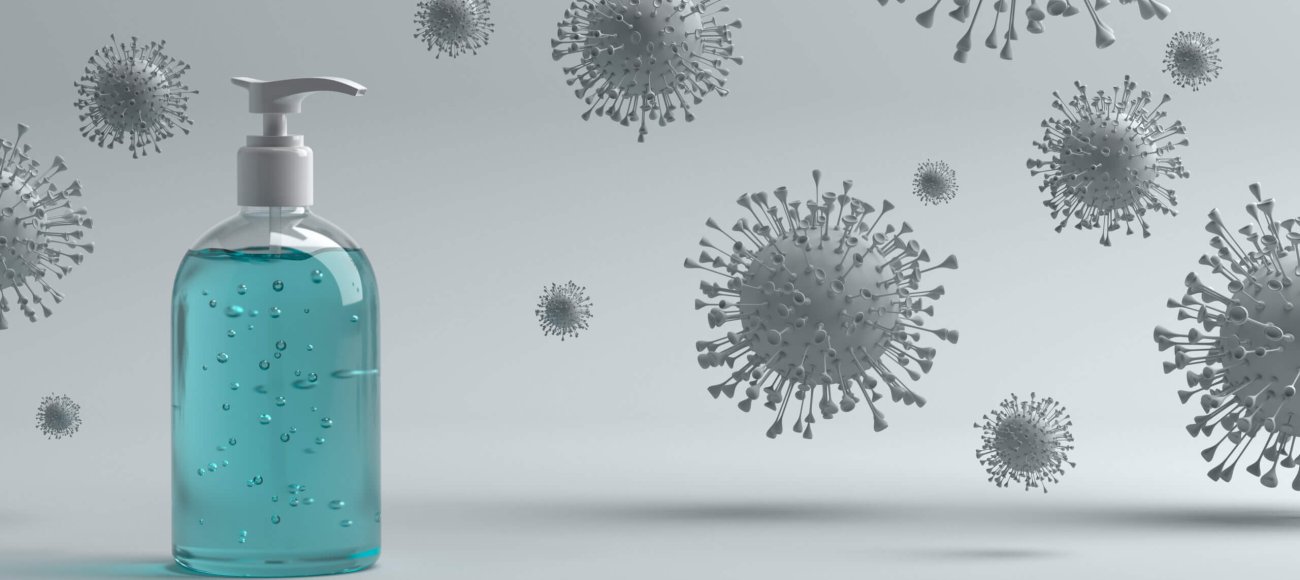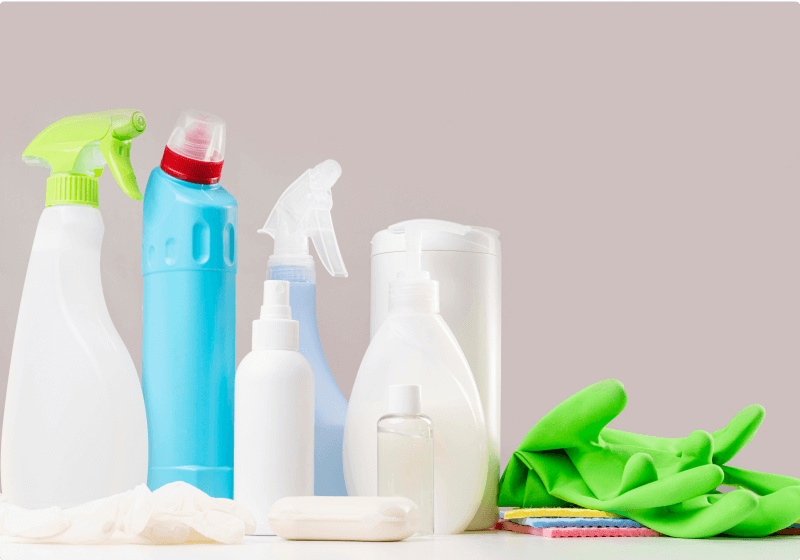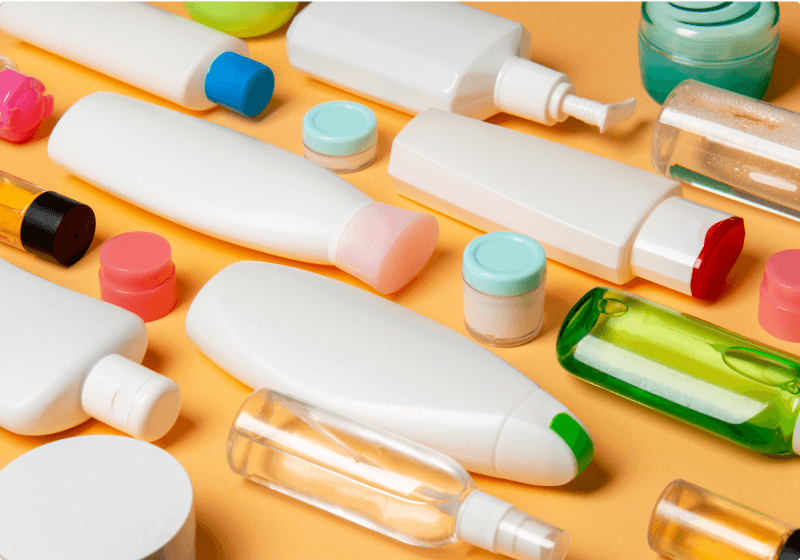The EN 14476 test method provides a complete guideline for evaluating the virucidal activity of chemical disinfectants and antiseptics. In the medical field mainly for infection control, the effectiveness of virucidal products is crucial. This article explains about the EN 14476 testing method, its importance, methodology and impact on public health.
The EN 14476 test method
Scope of the test
EN 14476 evaluates the virucidal efficacy of disinfectants intended to be used in the medical area including hand rubs, instrument disinfectants, surface disinfectants and textile disinfectants. It covers both ready-to-use solutions and those that require dilution with water before use.
Test organisms
The standard specifies the use of particular virus strains to analyse virucidal activity. These include:
- Poliovirus: A non-enveloped RNA virus possessing a high level of resistance to virucides.
- Adenovirus and Norovirus: Other non-enveloped viruses that are challenging to inactivate.
- Enveloped Viruses: Such as Vaccinia virus, which are generally more susceptible to disinfectants.
Methodology
The EN 14476 test is a quantitative suspension test. It involves the following steps:
Preparation of virus suspension: The selected virus is prepared in a culture and quantified. To prepare a viral suspension, you either mix a sample product with water to dilute it or add it directly if it is a ready-to-use product.
Exposure: The disinfectant is mixed with the virus suspension and an interfering substance (usually organic load like bovine albumin) to simulate real-world conditions.
Contact time: The mixture is maintained for a specified period based on the intended use conditions of the product.
Assessment: After exposure, the mixture is neutralized and the remaining virus is quantified. The reduction in virus titre (number of infectious units) is calculated.
Criteria for pass/fail
A disinfectant passes the EN 14476 test if it shows a log reduction in the virus titre by at least 4 logs (i.e., a 99.99% reduction in the number of infectious virus particles) under both clean and dirty conditions.
Importance of EN 14476 standard for Virucidal Products
Public health
The EN 14476 test method is critical for ensuring that virucidal products are effective against viruses that are clinically important to human health. These products include hand sanitizers, surface disinfectants, and other antiseptic solutions used in various healthcare settings such as hospitals, dental offices and nursing homes.
Regulatory compliance
Compliance with the EN 14476 standard is often required for products to be marketed in the European Union. This standard ensures that products meet minimum requirements for virucidal activity providing a standard reference that aligns with international regulatory requirements.
Customer confidence
When a product has the EN14476 certification, it provides confidence to customers that what they are buying has been tested and proven to be effective in fighting off viruses as claimed.
Impact on public health
Prevention of infections
Effective virucidal products are essential in preventing virus transmission in healthcare settings thus reducing the incidence of healthcare-associated infections (HAIs) which include severe and often resistant infections like MRSA.
Contribution to hygiene standards
By setting a high standard for virucidal efficacy, EN 14476 helps to maintain strict hygiene in medical environments which is crucial during outbreaks of viral infections such as the flu or norovirus.
Major problems and their possible solutions
Evolving viruses
The standard may need updates to include newer, clinically relevant viruses, ensuring that disinfectants are effective against potentially pandemic-causing viruses.
Product formulation
Manufacturers must balance efficacy against safety as highly effective virucidal ingredients are often harsher on human skin and the environment. Thus it is necessary to balance the ingredients to make it safe for skin and the environment while being effective enough to prevent infections.
The EN 14476 testing method is a critical standard that supports public health by ensuring that virucidal products used in medical settings are both effective and reliable. By adhering to this standard, manufacturers help safeguard healthcare environments against the spread of viral pathogens, contributing to overall infection control and prevention strategies. This rigorous testing framework not only standardizes the assessment of virucidal efficacy but also supports ongoing efforts to improve and innovate disinfection technologies in response to emerging viral threats.
Why choose Microbe Investigations Switzerland (MIS)
At MIS, we specialize in thorough antiviral testing for products like hand sanitizers, antiviral agents, and surface disinfectants, designed for use in places such as healthcare, households, and other related areas.
Our testing protocols adhere strictly to industry standards, ensuring your antiviral products are evaluated in our advanced laboratories. Our team of experts is dedicated to managing our client projects with precision. Our goal is to deliver reliable and accurate testing results to support innovation and product development in the antiviral market.
Want a quote for EN 14476 testing or to explore our various antiviral testing services further, our experts are here to assist you.














